That's Amaro: 15 Herbal Italian Liqueurs Ranked from Good to Great
Parade aims to feature only the best products and services. If you buy something via one of our links, we may earn a commission.
If you keep up with cocktail culture you've most likely heard the term amaro used by fellow drinkers and mixologists. The bitter Italian liqueurs have been popping up in restaurants, bars and home bars more and more over the past few years. You've possibly even sipped an amaro, knowingly or unknowingly, in a cocktail. For example, if you've ever had a Black Manhattan (rye whiskey plus Averna amaro), you've had amaro. However, you may not know what makes each amaro stand out from the another or how to choose the best amaro for you.
Luckily, I'm a big fan of amari (the plural of amaro) and have been sipping them for years. I went through my collection to ranked the 15 best amari that you need to know about.
Related: 9 Popular Costco Liquors, Ranked From the Bottom(s) Up
What is Amaro?
Amari is a group of bitter herbal liqueurs crafted by infusing an alcohol—such as vodka, gin or wine—with a blend of botanicals, herbs, roots and spices. Each brand of amaro has its own secret formula that includes both a bittering agent and a sweetener (think wormwood and syrup respectively). These unique combinations are what gives amaro its bittersweet flavor profile. For centuries, Italians have sipped amaro neat after dinner as a digestif, though these days amari are enjoyed any time of the day.
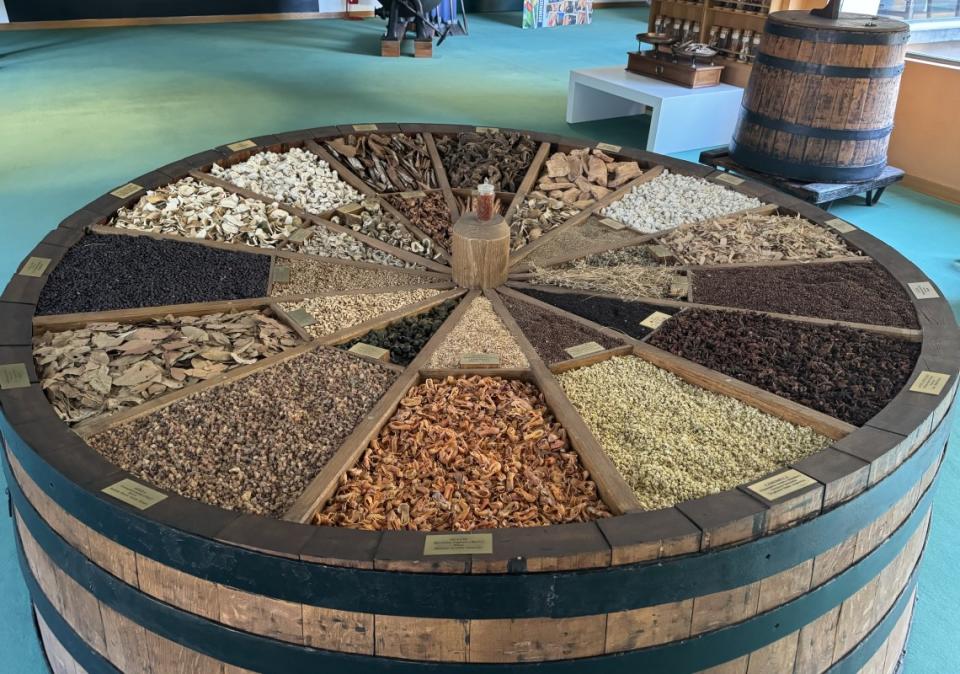
Theresa Greco
Because of the blend of botanicals, each amaro is quite distinctive, which means you have to try many to decide what you like. To help you along on your amaro journey, I've ranked some of my favorites, from those I enjoy a lot all the way up to the one I love the best. Keep in mind that taste is very subjective and your preferences may be quite different than mine. Ultimately, only you can decide which amaro is for you.
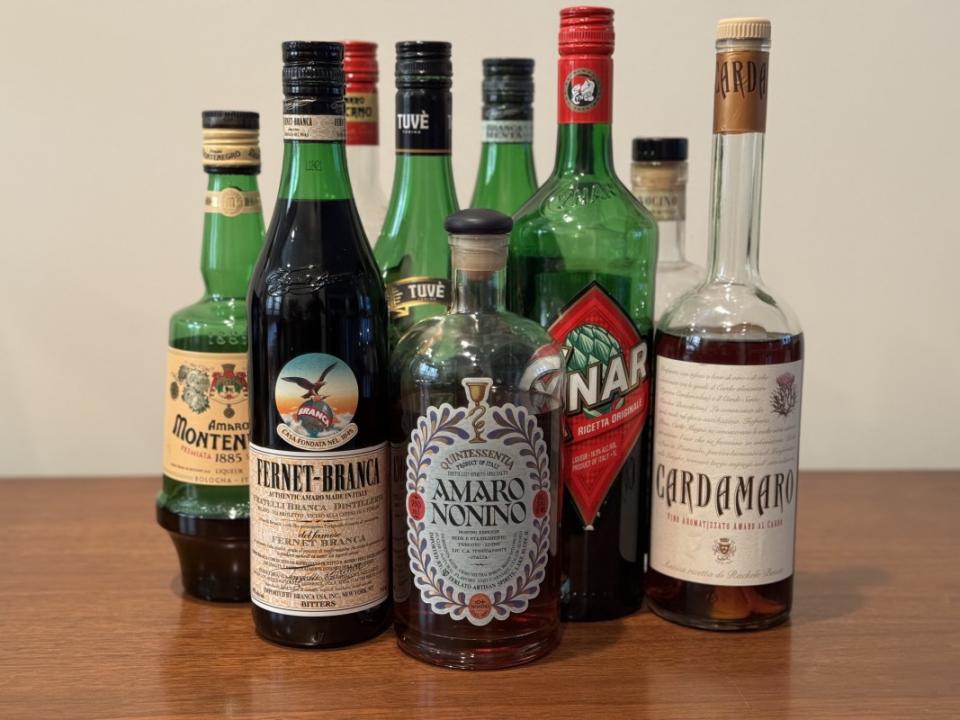
Theresa Greco
15 Italian Amari Ranked From Very Good to Great
15. Braulio
Braulio is described by the brand as "one of Italy's most illustrious amari with a unique and delicate profile that has been passed down for over four generations." Made in the Lombardy region of Northern Italy, near the Switzerland border, it's considered a gem of the Alpine mountains. This amaro is aged in Slavonian oak barrels, which gives it a deep, rich flavor.
A first sip delivers hints of fresh mint and spice followed by clove and bitter bark. Braulio works well in cocktails. Try subbing it for Campari in your next Negroni.
14. Fernet-Branca
Fernet-Branca, commonly referred to as Fernet, is one of the most popular amaro crafted in Milan. The original formula, still used today, includes a secret blend of 27 herbs, roots and spices found across four continents. Fernet is known for its elevated level of alcohol and medicinal bitter flavor. In my opinion, it's an amaro that takes some getting used to.
Your first sip of Fernet can be somewhat shocking to the palate because it's quite bitter and intensely spiced. However, after several sips your palate adjusts and the herbal flavor becomes much more enjoyable.
13. Ramazzotti
Another amaro from Milan, Ramazzotti is also made from a secret recipe. Dating back to 1815 the formula for this particular Milanese spirit includes a hefty list of carefully selected herbs, spices, flowers and fruits. While the Ramazzotti website lists rhubarb and gentian, I find the most pronounced flavors to be cinnamon and orange. Overall Ramazzotti is more bitter than sweet and leaves a lingering black licorice taste in your mouth. It's an amaro that you either love or hate. I love it, but my husband doesn't care for it at all. I've only ever sipped Ramazzotti neat but I can imagine it would make an interesting amaro spritz.
12. Luxardo Amaro Abano
One of the many spirits produced by the Luxardo brand, Amaro Abano is a medium bitter-tasting amaro popular in the Veneto region of Italy. A variety of wild herbs are infused along with bitter orange peel, cinnamon and cardamom to build the flavor profile of this amaro. Overall the taste is pleasantly spicy and slightly sweet. I've only recently added this to my collection but I can already tell it is going to be moving up on my list quickly.
11. Tuve Black Note
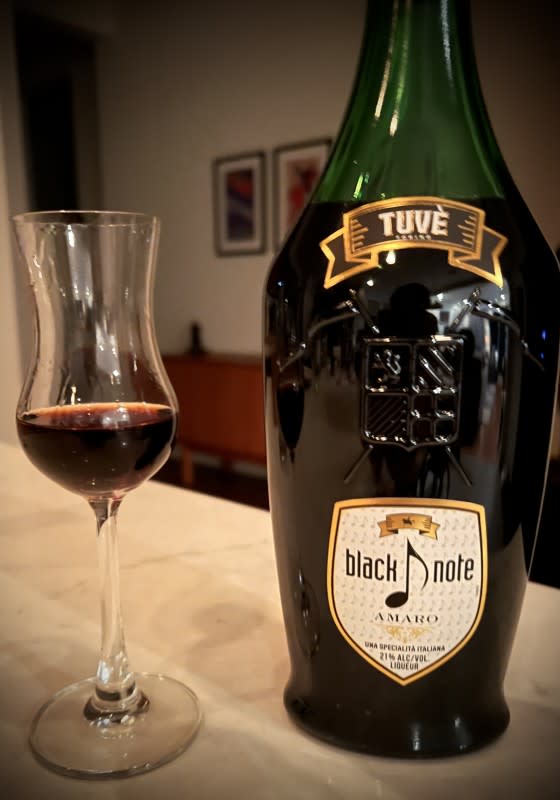
Theresa Greco
Made in Turin, Italy this highly recommended amaro starts off sweet followed by a lingering peppery bite. Owned by Turin Vermouth, Black Note is produced in their factory using their unique extraction technology, ensuring that the amaro has a one-of-a-kind taste. And it does! The brand recommends serving this deep brown amaro neat and slightly chilled but never ice cold.
10. Cynar
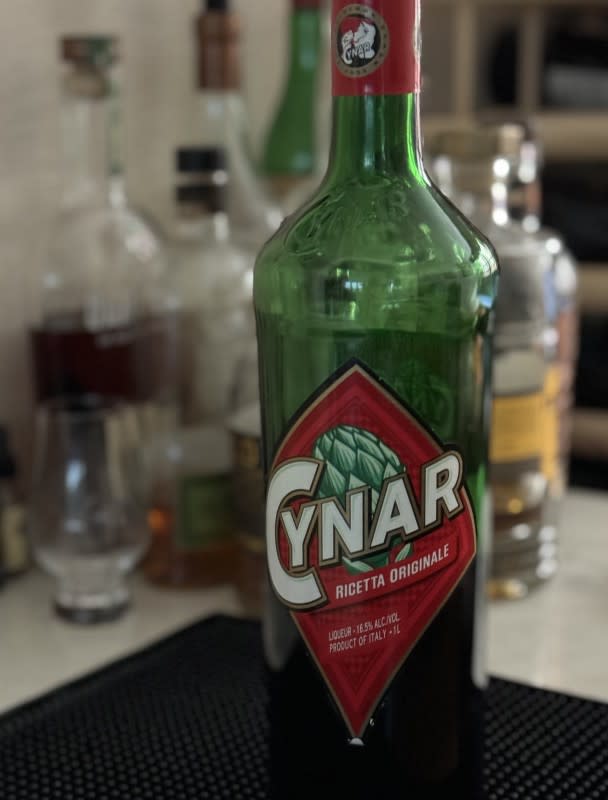
Theresa Greco
Cynar, pronounced CHEE-nar, is a relatively new amaro. Keep in mind that "new" is relative in the world of amari, because Cynar was launched in Padua, Italy around 1950. The brand's recipe includes an interesting ingredient, artichoke, along with other plants and herbs. Although artichoke is the predominat plant and the one featured on the bottle, the spirit has only a subtle hint of the infamous cardoon, artichoke's wild cousin.
Cynar is less bitter than other amari I've tasted and is very drinkable. This is a staple on my bar cart at home as it works well in many cocktails. While I love it neat I also enjoy it mixed with equal parts Aperol and bourbon.
9. Averna
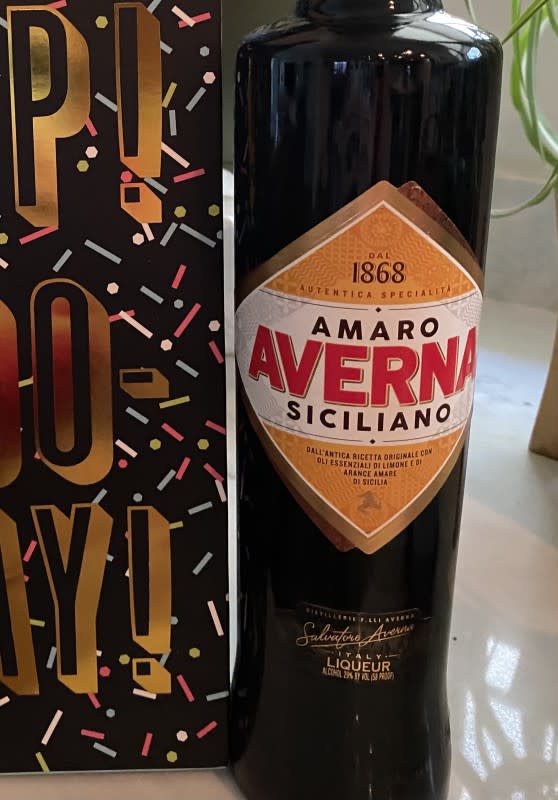
Theresa Greco
Averna comes from Sicily and dates back to 1868. As for herbs and essences, there are quite a few, including cinnamon, anise, fennel and bitter citrus. This amaro also has some royal clout behind it. According to brand ambassador Alex Negranza, "In 1912 Averna was granted the right, by King Vittorio Emanuele III, to print the inscription 'Patent of the Royal House' on its label."
The unique distillation process used to make Averna produces a mild and very well-balanced drink. One of my favorite ways to enjoy Averna is in an Espresso Cocktail.
8. Grinta
A greenish amaro from the Piedmont region of Italy, Grinta is a made from single infusion of regional mountain roots, plants, herbs and flowers. It's an invigorating amaro designed for enjoying after a meal. It's slightly sweet with hints of balsamic. My husband sips this straight. I however have had success substituting Grinta in as a replacement for Chartreuse in cocktails.
7. Il Mallo Nocino
Il Mallo Nocino is a dark brown spirit made by steeping unripe green walnuts in clear grain alcohol. According to the brand, two of the primary botanicals are cinnamon and coriander. The result is an aromatic, bittersweet flavor with strong walnut notes.
6. Cardamaro
Cardamaro is a wine-based amaro that has been infused with cardoon and milk thistle, in addition to other things. This Piemontese amaro is similar to vermouth with light to moderate bitterness. It's an easy-to-drink spirit that also works well in many cocktails. I enjoy substituting it for the vermouth in a traditional Americano cocktail.
5. Fernet Branca Menta
As the name suggests, Fernet Branca Menta, is part of the Branca family that also makes Fernet (see above). Although crafted with the same secret blend of 27 herbs and spices as the original, Menta is enhanced by the addition of peppermint oil sourced from Piedmont, Italy.
The mint liqueur has a distinctive flavor, marked by a robust fresh mint taste balanced with the bitter notes of traditional Fernet. In my opinion, Branca Menta offers an exceptionally sweet, refreshing experience with every sip. The brand highly recommends enjoying Branca Menta chilled, neat or on the rocks.
4. Cocchi Dopo Teatro
The name, Dopo Teatro refers to the late-evening, “after-theatre” service at restaurants and cafes in Torino, a traditional gathering time for a sip of something bittersweet and maybe a small bite to eat.
Roberto Bava, Owner and Managing Director of Cocchi Vermouth, describes the amaro best: "Dopo Teatro is a vermouth amaro—enhanced with additional bitter elements. It starts from a similar base to our iconic Cocchi Storico Vermouth di Torino, but is then enriched with complex Barolo Chinato, a double extraction of quinine and wormwood. The result is a robust Vermouth that lingers lengthy on the palate with Amaro characteristics but a rich and deep wine backbone.” To serve this amaro in the traditional Torinese way, offer it chilled with a wide strip of lemon zest.
3. Montenegro
Distilled in Bologona, Montenegro is made of 40 botanicals collected from all over the world, including dried oranges, cloves and marjoram. Montenegro is sweet and smooth and is tasty sipped neat, though it's also a good addition to cocktails. If you've never tasted amaro, this is a good first introduction.
2. Nonino
Created in Fruilli, Italy from a base of grappa that has been infused with alpine herbs and botanicals, Nonino is a mildly bitter amaro with hints of orange. It's an extremely drinkable amaro (aka it's not too bitter or medicinal), making it a great choice for newbies wanting to dabble in amari.
1. Amaro Lucano
Lucano was first crafted in 1894 in the family's bakery in Southern Italy and includes more than 30 herbs and essential oils. This amaro is a main staple on my bar cart, and I love it for its unmistakable flavor and its exemplary balance between sweetness and bitterness. While I do enjoy Lucano neat, it also makes a wonderful afternoon refresher when mixed with cold brewed coffee and seltzer.
Up next: The 30 Best Tequila Brands














